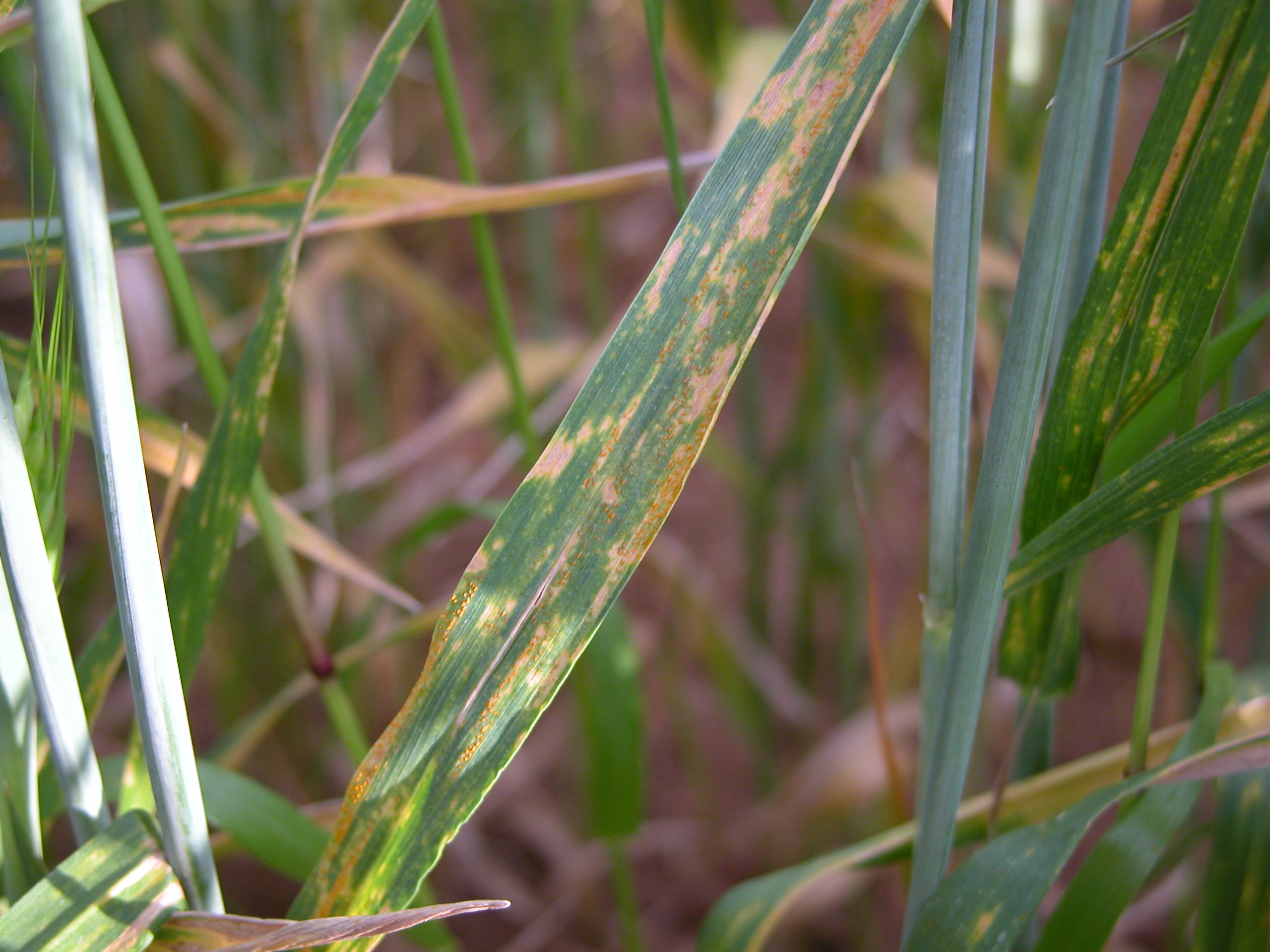Wheat crop in Haryana has come under attack of ‘yellow rust’ due to cold and humid conditions prevailing in the region, sending farmers in a tizzy. Though the disease is at present limited to Ambala and Yamunanagar districts of the state, farmers fear that if the present climatic conditions continue, the infection could spread to other parts of the state and affect the yield of wheat this year.
Both yellow rust and Karnal bunt are fungal diseases which appear during cold and humid weather and, if not controlled, can cause huge damage to the wheat crop. According to agricultural experts, yellow rust, or stripe rust, takes its name from the appearance of yellow-coloured stripes that run parallel to the venation of leaf blades. The symptoms of yellow rust include stunted and weakened plants, shrivelled grains, fewer spikes, loss in number of grains per spike and grain weight.
The disease usually occurs early in the growth season, when temperature ranges between 2°C and 15°C. High humidity and rainfall are favourable conditions for increasing the infection on both leaf blade and leaf sheath, and even on spikes when in epidemic form.
In Karnal bunt, the smut fungus invades the kernels and obtains nutrients from the endosperm, leaving behind waste products with a disagreeable odour that makes bunted kernels unpalatable for use in flour.
Sanjeev Kaushal, Additional Chief Secretary, Agriculture Department, Haryana, however, downplayed the severity of the disease and claimed that the incidents of yellow rust had been witnessed only in limited areas in Ambala and Yamunanagar districts.
Farmers have been advised to inform scientists, experts and extension officers about confirmation of yellow rust and the department has also prescribed certain fungicides to be sprayed in case the occurrence of yellow rust is confirmed. For Karnal bunt, farmers have been advised to avoid irrigation at heading time and the department has also prescribed fungicides to contain the infection.
Meanwhile, farmers who did not burn their paddy stubble on their fields after harvesting are now facing pest menace of various kinds. “Stem borer, a pest that pierces through the stems of the plants have appeared in our fields. Further, those who had kept bales of paddy stubble on the sides of the fields to be lifted later, are now battling with the issue of mice,” said Gurjeet Singh Mann, a farmer from Kirpal Patti village of Sirsa.
This news has not been edited by Apni Kheti staff but has been published by various news feeds
Source: Tribune India

